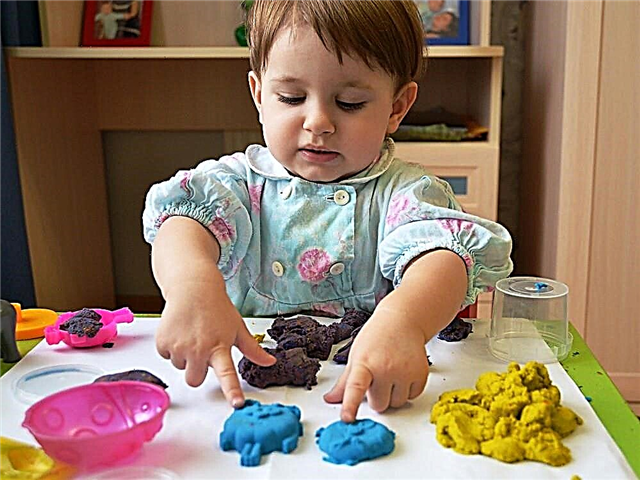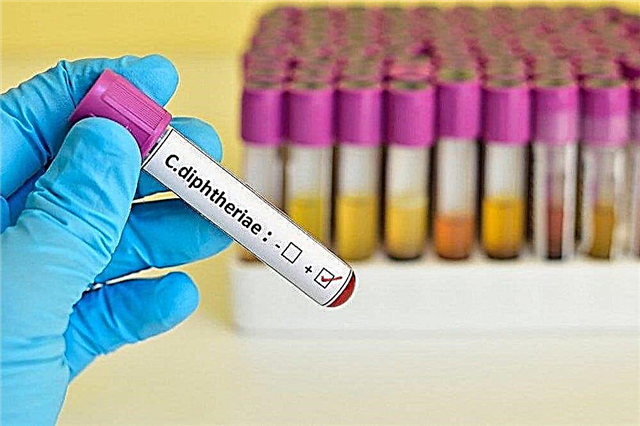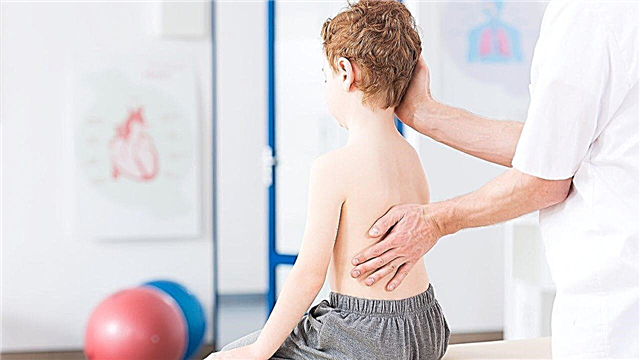
The infectious disease of chickenpox has a second name - chickenpox, which is on the list of acute infectious diseases. Infection occurs by airborne droplets and, in the case of a mass presence of children in the same room, the disease quickly spreads. Most often, the disease "clings" children in kindergarten groups or at school. Given that the virus is transmitted through the air, there is a risk of getting infection when the patient is in another room or apartment.
The incubation period of the disease lasts from 13 days to 17 days. Chickenpox does not immediately appear, so the child can safely attend classes in educational institutions and becomes an unwitting source of infection.

In children over 10 years old and in adults, the disease is more severe, which can lead to serious complications. For pregnant women, chickenpox also carries a formidable danger, as it can affect the condition of the fetus and termination of pregnancy.
The causative agent of the disease (herpes virus) remains in our body for life and can lead in the future to the manifestation of serious diseases. Therefore, it is worth very clearly following the doctor's prescriptions and not trying to defeat chickenpox on your own with brilliant green.
After infection, the virus settles on the mucous surface of the respiratory tract, then it enters the bloodstream and spreads through the stream throughout the body. A typical manifestation of the disease is small rashes all over the body. At first they just look like red specks and later become bubbles filled with liquid. Papules give unpleasant sensations, as patients feel unbearable itching.
Soon after, the temperature begins to rise and the patient's condition worsens. A natural manifestation in this condition is lack of appetite, headache, weakness and fever up to 39 ° C.

How long does the quarantine last
During this period, the first 5-10 days are dangerous for others. You can focus on the manifestation of the rash - while it is present on the body, the virus is in an active form. During this period, it is very important to limit the patient's contacts with healthy ones.
Doctors have given a conclusion on the timing of the infectiousness of the disease: from 4 to 13 days. Therefore, epidemiologists, if it is necessary to announce quarantine measures, close the educational institution for 14 days.

Rashes on the body can be single or multiple. In the first case, chickenpox is mild, and in severe cases, the child is completely covered with bubbles. The most difficult thing for a baby is not to comb them. Usually adults are watching this during the day, but at night a child, in a dream, can easily remove a crust from a sore. This is fraught with small scars. Therefore, it is recommended for the smallest to wear special mittens.
For disinfection, the bubbles are smeared with brilliant green or potassium permanganate. But now you can buy colorless disinfectants in pharmacies, but many are trying to fight the manifestations of chickenpox, as our grandmothers and mothers did.

How long does the disease last
Usually, adults sitting with sick children are given a sick leave for 10 days. This period is enough to defeat the disease and prevent complications. Treatment is carried out at home, in very serious cases, the patient is sent to a hospital. The pediatrician may discharge the child 5 days after the last rash appears. Usually young children easily tolerate the disease, but serious complications can also appear in the form of diseases such as pneumonia, laryngitis, rheumatism, and there can be deterioration in the functioning of the kidneys, heart, liver or lungs.
In adults, the disease is more complex. Rashes are possible not only on the body, but also on mucous tissues. And the temperature can rise up to 40 ° C. According to statistics, 60% of the sick receive any complications. There is a strong intoxication of the body. In this case, improvement must be expected in 2-3 weeks.

Recommendations
With chickenpox, many doctors do not recommend swimming, especially at elevated body temperatures. This rule is considered outdated, and modern pediatricians insist on short-term baths for hygiene and relieving itching. For more details, see the program of Dr. Komarovsky.
Clothes and bedding must be changed several times during the period of illness. It is important not to allow the body to overheat, and for this it is necessary to ventilate the room more often.
Treatment of chickenpox in some cases can be carried out with antipyretic and anti-inflammatory drugs. After the rash appears, antihistamines are sometimes prescribed to reduce the itching of the body.
To prevent chickenpox disease, it is necessary to increase immunity and get vaccinated. Vaccination will not give 100% protection against chickenpox infection, but if infected, the disease will pass mildly and without complications.

For more information on chickenpox, see the program of Dr. Komarovsky.



